Description
Familiarity with treatment
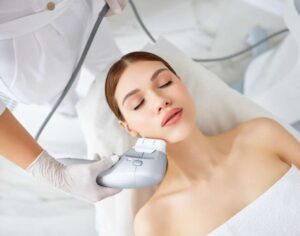 High Intensity Focused Ultrasound (HIFU) is a non-invasive medical procedure that utilizes ultrasound waves to treat various conditions. HIFU treatment involves the use of high-energy ultrasound waves that are focused on a specific area of the body, heating and destroying targeted tissue. The procedure does not require any incisions, thus reducing the risk of infection and scarring. HIFU is used in the treatment of various conditions, including prostate cancer, uterine fibroids, and essential tremor. One of the most significant advantages of HIFU is that it is a relatively painless procedure that has a low risk of complications. It also allows for a faster recovery time compared to other invasive treatments. However, it is not suitable for all patients and should only be considered after proper evaluation and consultation with a qualified healthcare practitioner.
High Intensity Focused Ultrasound (HIFU) is a non-invasive medical procedure that utilizes ultrasound waves to treat various conditions. HIFU treatment involves the use of high-energy ultrasound waves that are focused on a specific area of the body, heating and destroying targeted tissue. The procedure does not require any incisions, thus reducing the risk of infection and scarring. HIFU is used in the treatment of various conditions, including prostate cancer, uterine fibroids, and essential tremor. One of the most significant advantages of HIFU is that it is a relatively painless procedure that has a low risk of complications. It also allows for a faster recovery time compared to other invasive treatments. However, it is not suitable for all patients and should only be considered after proper evaluation and consultation with a qualified healthcare practitioner.Who is it suitable for?
It is suitable for people who are looking for a non-surgical treatment option to improve the appearance of sagging skin, fine lines, and wrinkles on the face and neck.
HIFU is generally safe for most people, but it may not be suitable for individuals with certain medical conditions or contraindications, including active skin infections or inflammation, open wounds, recent facial surgery, and metal implants in the treatment area.
It is essential to consult with a qualified and experienced medical professional to determine if HIFU is the right treatment option for you and to ensure that you are a good candidate for the procedure.
Who is it not suitable for?
While HIFU is generally considered a safe and effective treatment option, it may not be suitable for everyone.
HIFU is typically not recommended for people with larger tumors or those located in certain areas of the body, such as near bone or air-filled organs, due to limited penetration depth of the ultrasound waves. Additionally, people with certain medical conditions, such as bleeding disorders or metal implants in the treatment area, may not be good candidates for HIFU.
It is important to consult with a medical professional to determine if you are a suitable candidate for HIFU treatment based on your individual medical history and condition.
Advantages
There are several advantages of HIFU over other treatment procedures.
- Firstly, HIFU does not require incisions, injections or even general anesthesia, which reduces the risk of complications, pain and scarring.
- Secondly, HIFU is a targeted therapy which means it can selectively destroy only the damaged cells, leaving surrounding tissues unharmed. This preserves the natural function of the organ and reduces the time required for recovery.
- Thirdly, HIFU is a relatively quick procedure, usually done as an outpatient treatment which enables patients to resume daily activities immediately following the procedure.
- Lastly, HIFU is a repeatable procedure, which means it can be repeated if necessary without any additional risks or complications.
These advantages make HIFU a promising alternative treatment in cases where traditional treatments may not be suitable.
Complications
While HIFU is considered safe, there are some potential complications associated with the procedure. These can include skin burns or blisters due to the concentration of the ultrasound energy, nerve damage that can result in weakness or numbness in the treated area, and changes in bowel or bladder function. Other possible complications include pain, swelling, and inflammation. Patients may also experience some discomfort during the procedure.
While these complications are relatively rare, it is important to discuss the potential risks with your doctor before undergoing HIFU treatment. In some cases, other treatment options may be more appropriate, depending on the patient’s individual circumstances and medical history.
Previous care
Before undergoing a high-intensity focused ultrasound (HIFU) treatment, it is important to take certain precautions and care measures. This can help to ensure the best possible results and minimize any potential risks associated with the treatment.
Patients should be diligent about following pre-treatment instructions, such as avoiding any blood-thinning medications and limiting alcohol and caffeine consumption.
They should also inform their doctor of any medical conditions or medications they are taking that could affect the outcome of the HIFU treatment. In addition, it is recommended to avoid direct sun exposure and use sunscreen regularly to prevent any damage to the skin.
Aftercare
After a high-intensity focused ultrasound (HIFU) treatment, it is important to take good care of your skin to help prevent any complications and promote the healing process. Here are a few things you should do:
1. Avoid hot showers or baths, and sauna or steam rooms for at least 48 hours.
2. Refrain from using any skincare products that contain retinol or glycolic acid for at least a week.
3. Wear sunscreen with an SPF of at least 30 whenever you are outdoors for at least a month after the treatment.
4. Don’t use any abrasive scrubs on your face or use brushes until at least 7 days after treatment.
5. Avoid excessive exercise and sweating for 48 hours.
6. Follow any other specific instructions given to you by your doctor or aesthetician to ensure optimal results and healing.
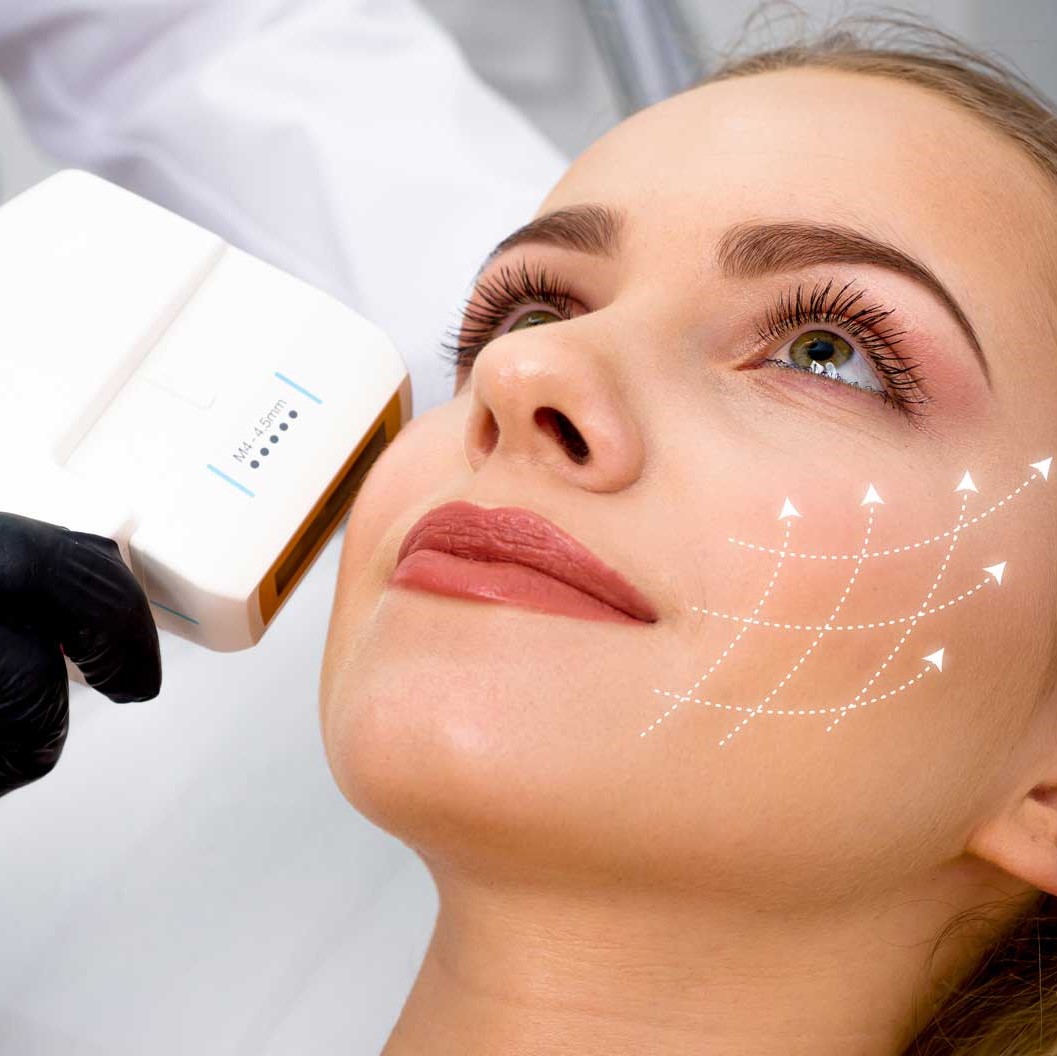
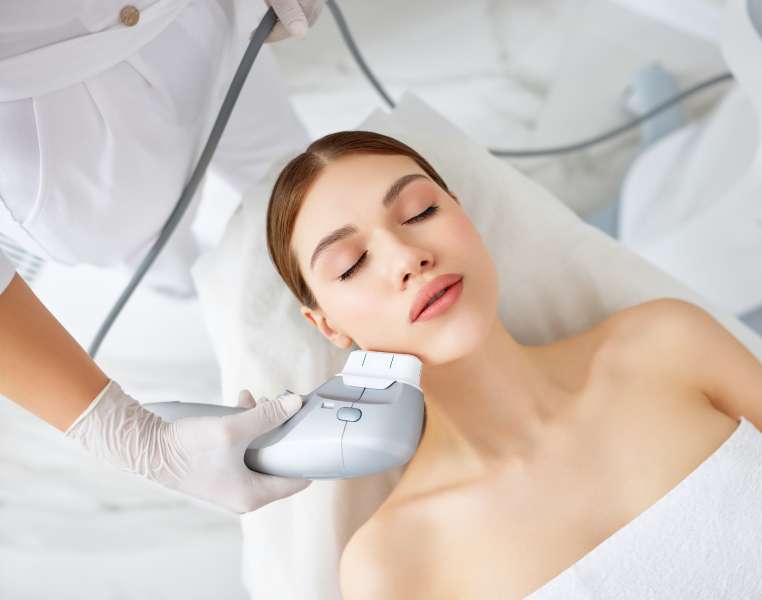
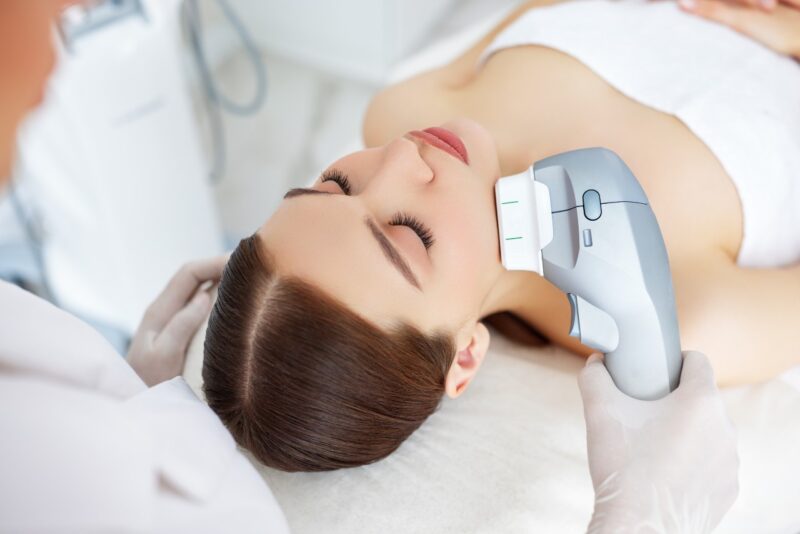
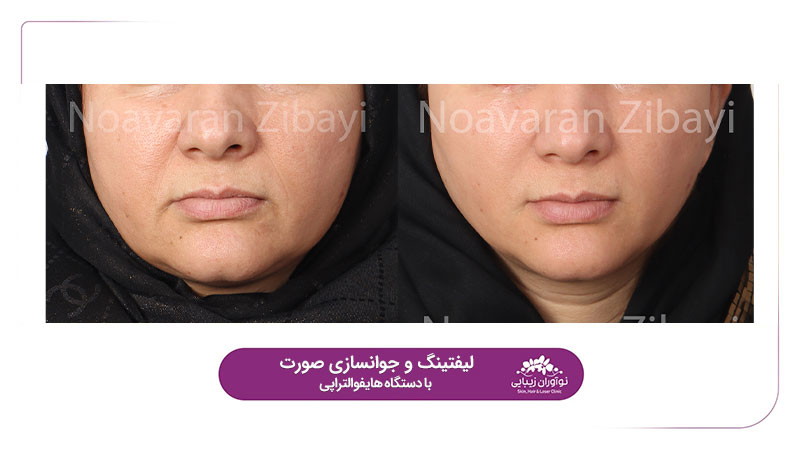
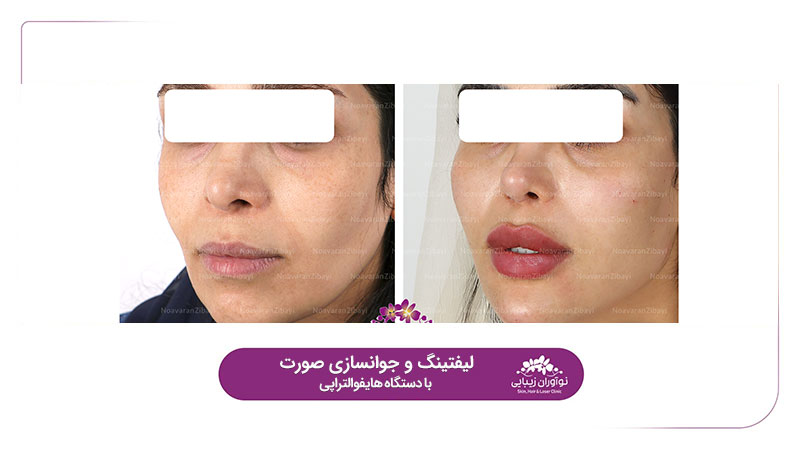
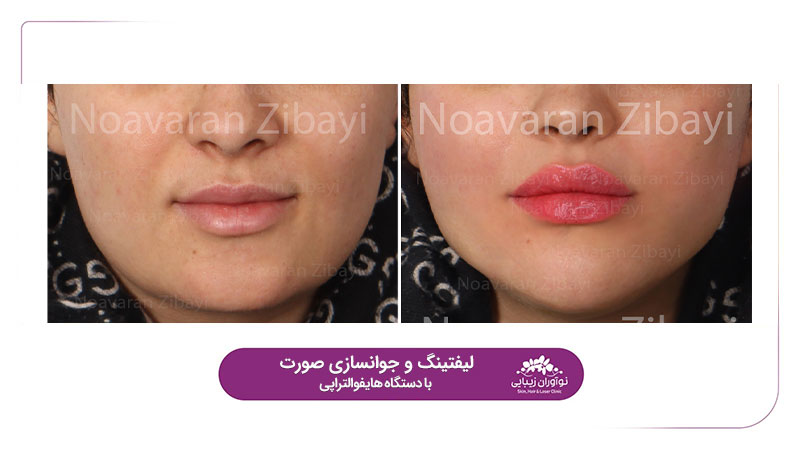
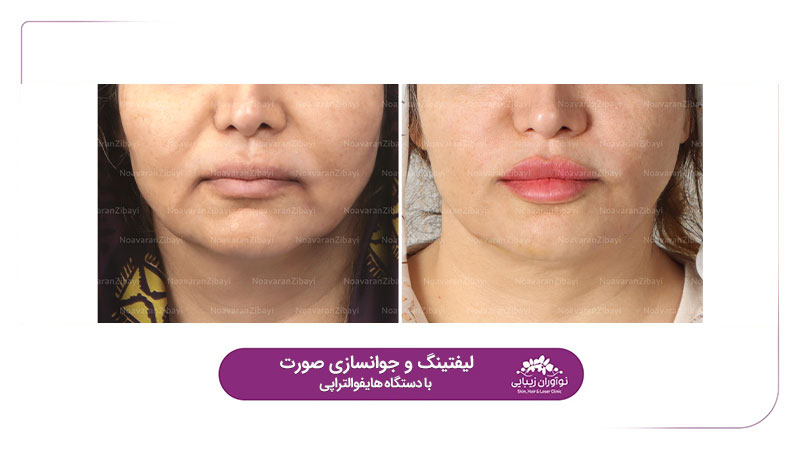
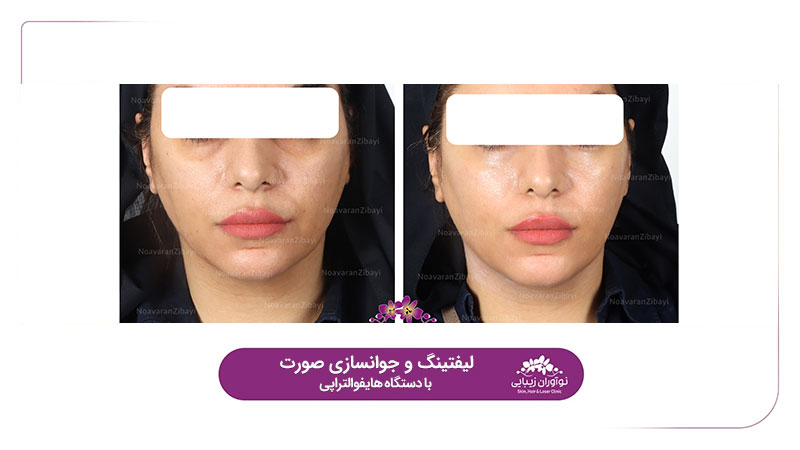

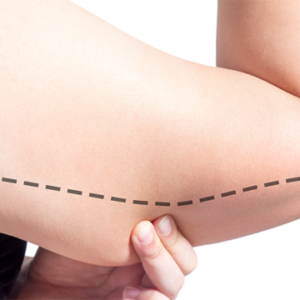

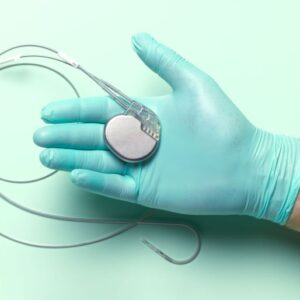
Reviews
There are no reviews yet.